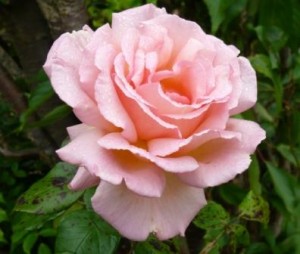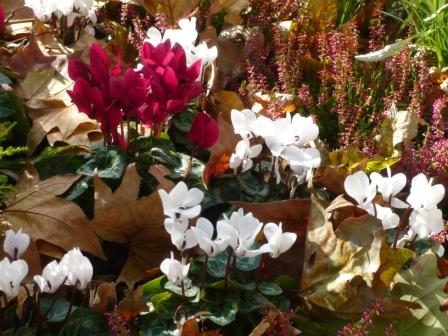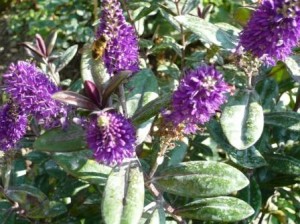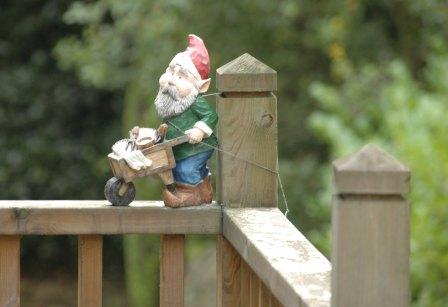Cheap Good Value Perennials
I was passing through Ilkley in Yorkshire when I was impressed by a small ‘Old Bridge Nursery’ by the side of the river Wharfe. There was negligible growing space but the crammed site was owned by an operation near Filey on the Yorkshire coast. It struck me as a good idea to have extra growing and growing-on capacity in such an auxiliary location.
Priced in pence per perennial pot (or per part of per pot perhaps) they seemed to be reasonable value for a three and a half inch pot . The roots were strong and just beginning to grow through the bottom of the pot and in most cases nicely filled the pot. Less than an inch of plant was showing but I bought 3 plants of which 2 were AGM varieties.
The Aster was so well developed I split it into 3 plants so they only cost very little each. As they are late to flower there is time for each plant to catch up and grow away strongly.
The red leaved Penstemon variety just caught my eye. If it grows and flowers well and is different from the red flowered, yellow leaved variety I have then I will take cuttings to increase the stock again for no cost.
I also got a Rudbeckia to fill a hole where another plant had been. I got to select the best plant from 50 but there were many other perennials that still had to show the first sign of newq growth .
I also bought 3 dwarf rhododendrons to plant in a space where a Eucalyptus tree is going to have to come out.
Tips for Good Value Perennials







